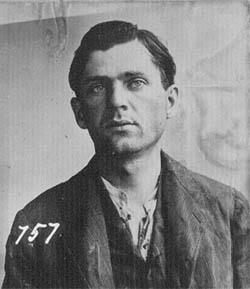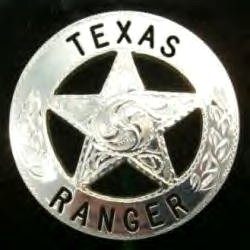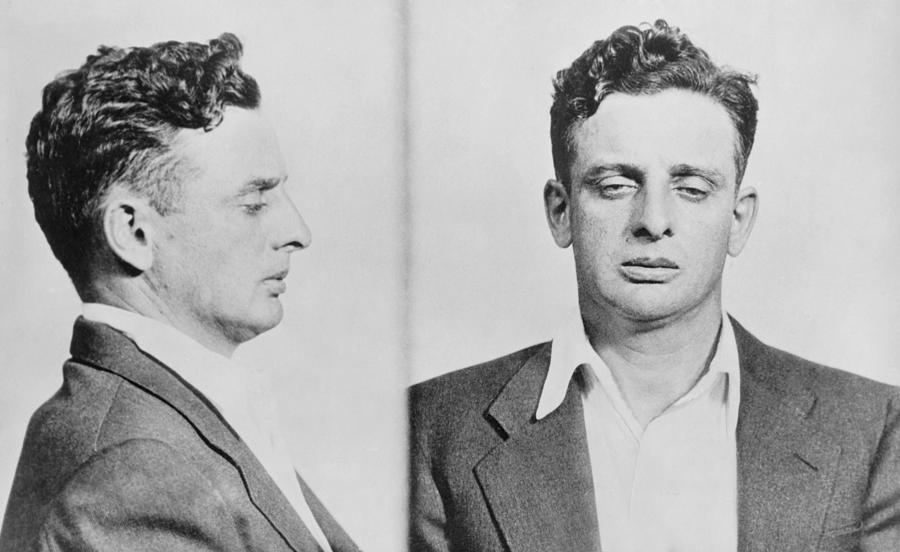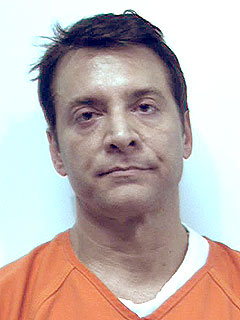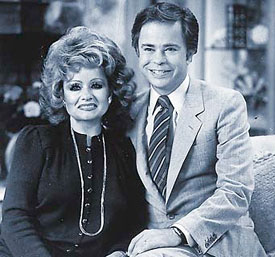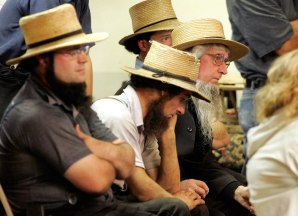On October 30, 2002,
influential rap pioneer, Jason William Mizell was murdered. He is better
known by his stage name Jam Master Jay, who was a founding member of the hip
hop group Run-DMC. During the 1980s, Run-D.M.C. was one of the biggest hip-hop
groups in the world and is credited with helping rap music break into mainstream
music with hits such as “It’s Tricky,”
“King of Rock” and a remake of Aerosmith’s “Walk This Way.”
On the night of the murder Mizell and some friends were
hanging out at his Jamaica, Queens, New York studio packing some equipment for
a show in Philadelphia, Mizell got a bite to eat and took a seat on a couch at
the rear of the studio. His friend, Uriel (Tony) Rincon, sat next to him and
the pair began playing a video game. A short time later, Mizell's assistant,
Lydia High, entered the cramped studio to go over his itinerary for the next
day. High's brother, Randy Allen, Mizell’s longtime business partner soon came
in with two friends, but they shut themselves in the control room at the front
of the studio. Everyone had been in the room for less than an hour when a man
dressed in black, possibly wearing a hat, stepped in and gave Mizell a hug
about 7:30 p.m., but after the short embrace, the man pulled out a .40-caliber
handgun. A witness heard Mizell yell out “Oh s---,” before a shot rang out. A bullet
hit Mizell in the head, killing him before he hit the floor. The killer and his
accomplice, who was standing outside the door, both sprinted out of the
two-story building and disappeared. The murder remains unsolved.
Michael Thomas Barry is a
columnist for CrimeMagazine.com and is the author of Murder and Mayhem 52 Crimes that
Shocked Early California
1849-1949. The book can be purchased from Amazon through the
following link:



